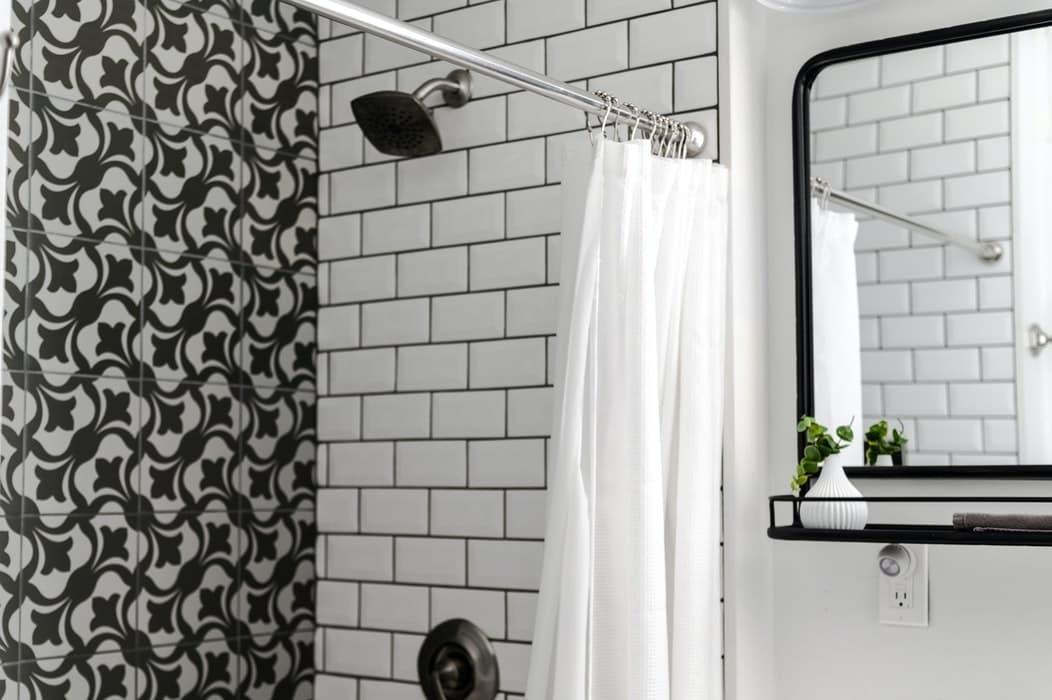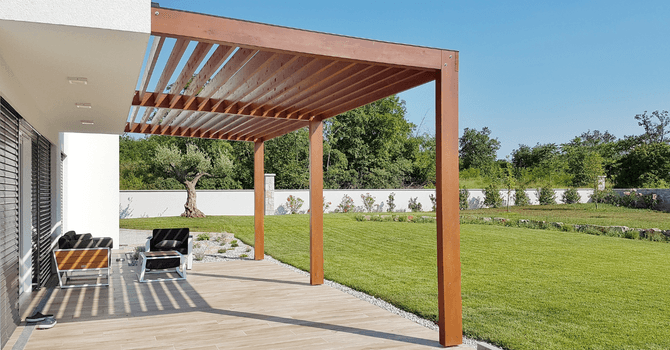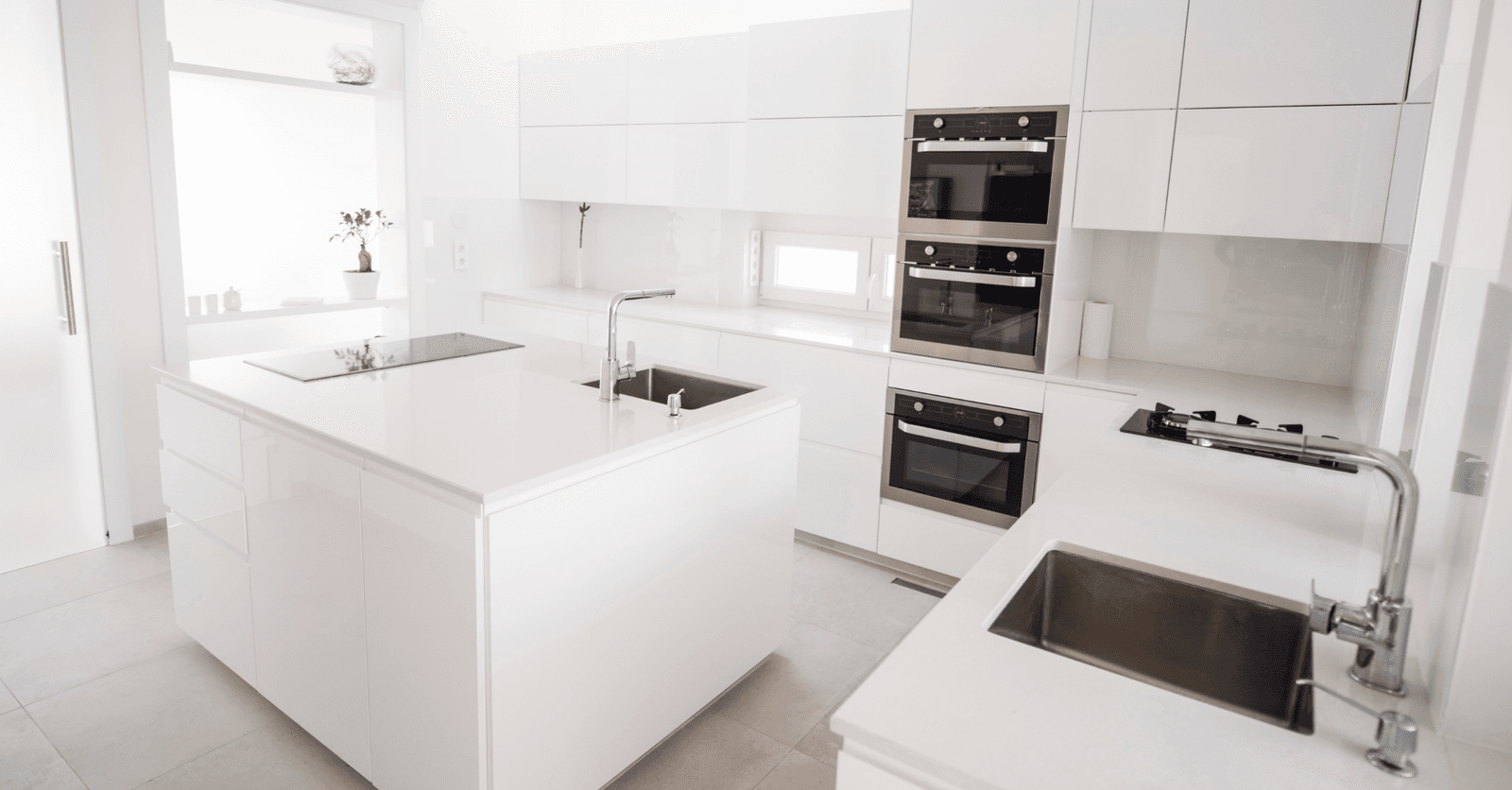From time to time, when showering, you may experience a loss of water pressure. If this problem persists, it really does make your shower routine somewhat annoying and unpleasant. Check out this article to find out about the causes and possible solutions for this lack of water flow while showering.
What Causes Low Water Pressure in the Shower?
Source : Generational Homes Inc
Low water pressure in the shower can, at times, be caused by a significant lack of pressure coming from the municipal water supply to your home’s plumbing system.
When your shower lacks water, first things first, ask yourself where the water originates from. It can be from your local water supply or from your own backyard, like an artesian well, for example. Surely, this is something you already know.
The reason why it is important to know this is because if you are connected to a local, public water supply, maintenance work near your home that necessitates water may lead to low water pressure in your surrounding area.
If your municipality is undertaking road work, experiencing a water main break, or doing hydrant maintenance, it is possible that, while the work is being carried out, your water pressure will be affected. The same thing can occur when city workers are servicing the water distribution system.
Before undertaking any work, check your municipality's website to confirm whether maintenance work or repairs are the root cause of the problem.
Root Cause of Low Water Pressure
Check Your Showerhead
If you are sure that the low water pressure does not stem from an external problem, it is time to check within your home.
Starting with the simplest problem to solve: You may have a low-flow showerhead, which is specially made to reduce the water pressure and, at the same time, water consumption. Should it overly reduce the water pressure or be damaged, that can explain the lack of water flow in the shower.
It might also be that your showerhead is clogged by calcium scale. Water naturally contains this substance and it accumulates in your showerhead over time.
If you can remove the showerhead without too much hassle, let it soak for an hour in a mixture of two cups of vinegar, one of water, and ⅓ of a cup of baking soda. For a thorough clean, let it soak overnight.
Then, reinstall your showerhead and let the water run for a few minutes. If you cannot manage to remove your showerhead, fill a small plastic bag with vinegar, water, and baking soda, and tie the bag filled with your homemade descaling solution to your showerhead with an elastic. Once it has soaked for a lengthy period of time, remove the bag, and let the water run for a few minutes.
If you have successfully descaled your showerhead, and everything seems to be back to normal, good for you! The water flow in your showerhead was indeed obstructed by limescale or calcium scale. Think about repeating this maintenance step whenever necessary. However, if the problem persists, you might want to check your home’s plumbing system.
Lack of Water Flow Throughout Your Home Plumbing
Source : les Réalisations P.O.P. Design Inc.
Ensure There Are No Water Leaks
Your home’s plumbing system is responsible for water flow throughout; it is a complex system and a water leak can negatively affect the water pressure in your shower. Take a water hose, for example, if it is punctured, you will immediately notice a lack of water pressure. This also applies to your plumbing.
This applies to all water outlets: If you notice a lack of water, make sure that there are no water leaks coming from your bathroom’s plumbing system.
Here is where it might get tricky: you may be able to fix any visibly obvious plumbing problem, but as soon as the problem lies within a wall, you will need to call a plumber.
The possibility of a water leak can still be ruled out, but if the leak is contained in the wall, it is in your best interest to find out as soon as possible to avoid a subsequent water leak that could cause even more damage.
Bottom Line: Troubleshoot Your Plumbing
This article outlines broad to specific methods of dealing with this issue. First, check with your municipality to see if there is a water issue in your neighbourhood that could be causing this low pressure, especially if the problem is sudden.
Next, check your showerhead, as it might be a low-flow model, which reduces the amount of water pressure. Otherwise, it may be that a buildup of limescale or calcium scale is obstructing water flow.
Should these measures not lead to a solution, call in a plumber that specializes in home plumbing systems, who will then be able to discern what is your plumbing problem.
Lack of water flow in the shower is an issue that directly affects the level of comfort experienced by homeowners: Address this problem at an early stage so that you can get on with enjoying your shower time without having to constantly anticipate a drop in water flow.
For more shower-related articles, check out the following:
Looking for something else?
Related articles
The latest industry news, interviews, technologies, and resources.
Editorial Team
•10 Sep 2024
Your kitchen drawers hold the essential elements for you to create a delicious meal, and clean up afterwards. As they’re used numerous times throughout the day, sliding in and out of place, it is evident that they may break. However, a broken drawer can be replaced using basic carpentry skills and even the most novice of homeowners can complete this DIY job.

Editorial Team
•07 Nov 2023
Thinking of replacing your shower to offer your bathroom a little extra flair? There are plenty of options! Here are some of the possibilities available for you to carry out a new renovation project.

Editorial Team
•05 Dec 2023
A pergola is a great alternative to a traditional patio umbrella. Not only does this sunshade provide a more aesthetic appeal compared to the latter, but it also offers a wide range of options in terms of materials and sizes. On top of that, it doubles as a permanent patio lounge area, while still shielding you from the elements. Despite being exposed to Canada's harsh East Coast climate and other elements, preserving its condition for many years to come requires meticulous care and maintenance.

Cynthia Pigeon
•07 Nov 2023
Are you looking to revamp your furniture or completely redesign a room? Repainting is often the least expensive way to give your furniture a bit of a spruce.

Editorial Team
•07 Nov 2023
Have white kitchens gone out of style? While it is true that the trend has been somewhat overrated and overused in recent years, it would be an exaggeration to go so far as to say that they’re completely outdated.